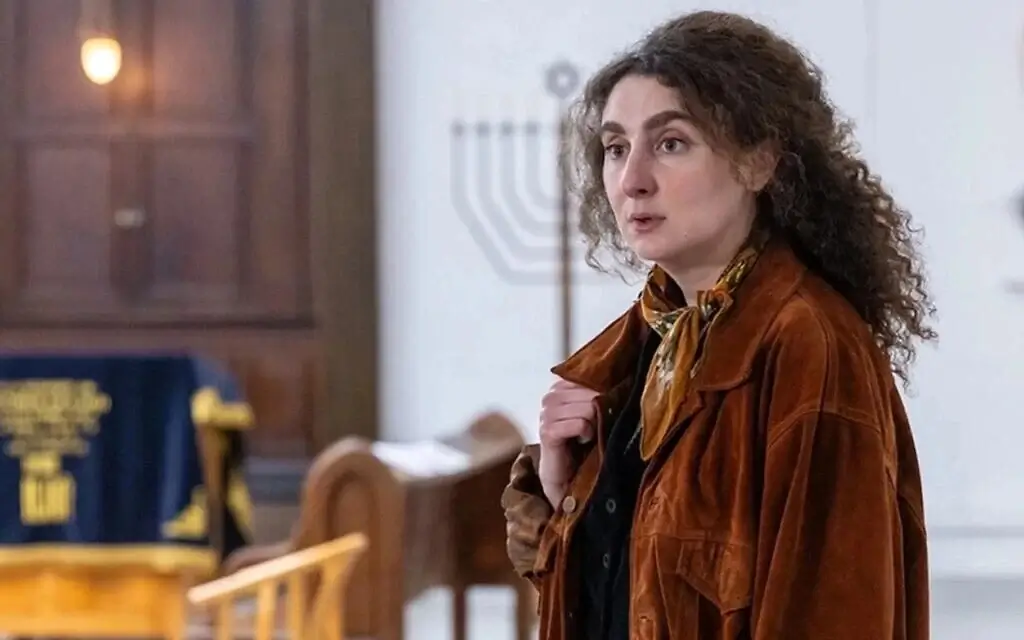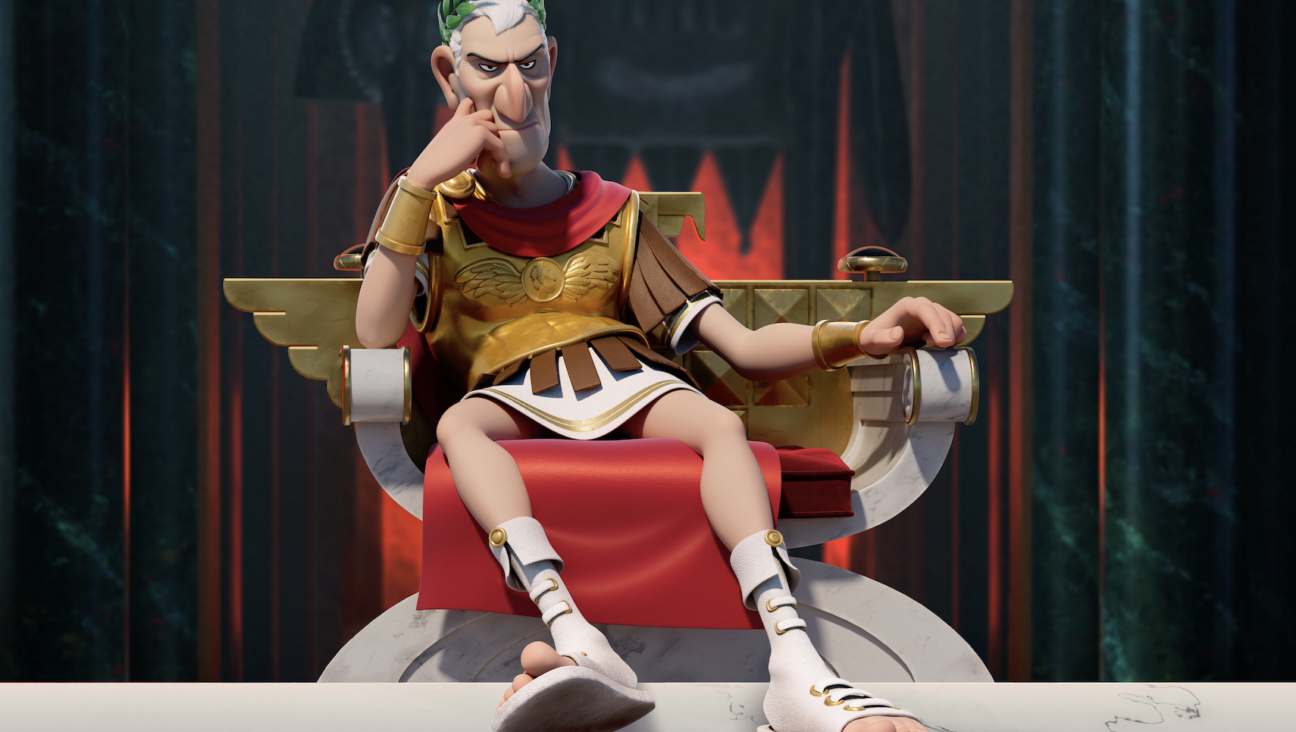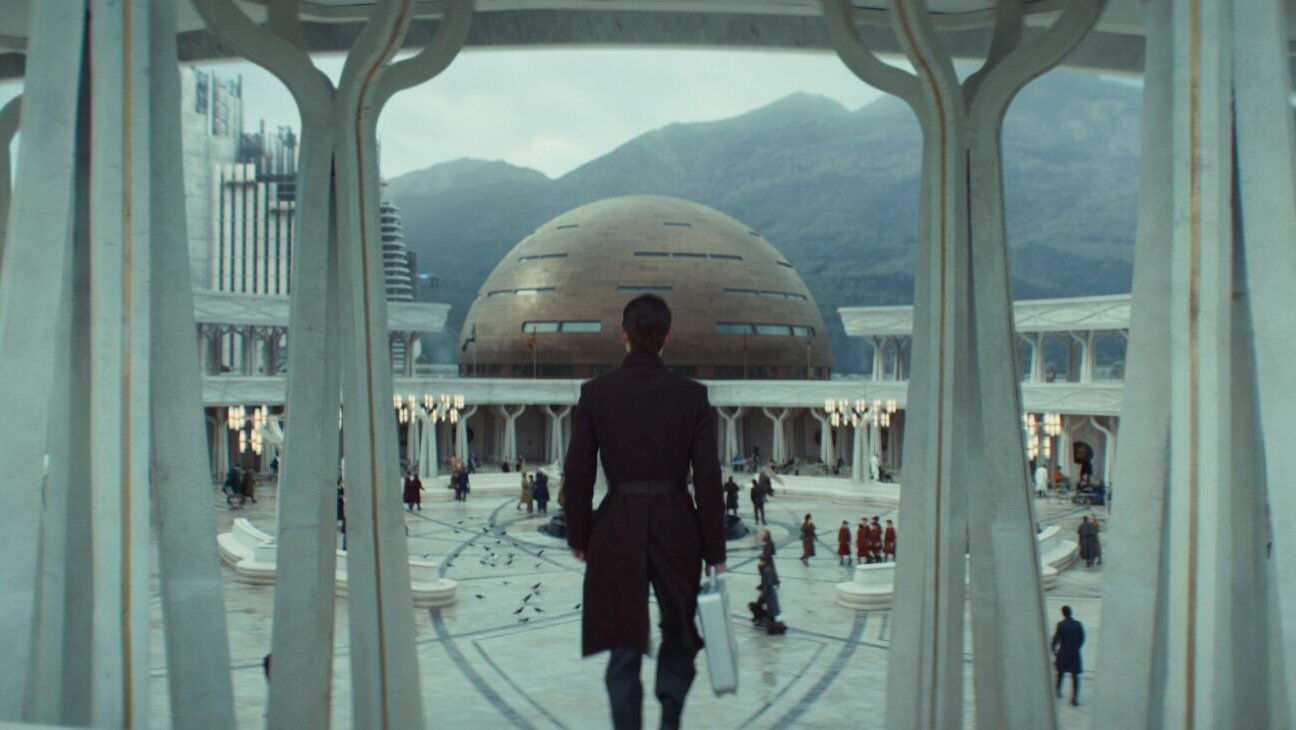In Facebook’s first documentary, a self-taught photography expert becomes an unlikely 9/11 hero

The Outsider: Before he became creative director of the 9/11 museum, Michael Shulan was known as a struggling novelist who owned a storefront in Soho. By Abramorama
Even before it opened its doors in 2014, the 9/11 Museum at Ground Zero was awash in controversies, not least its designated mission: Was it supposed to be a memorial or a “living exhibition” — and what does “living exhibition” even mean?
Now as we approach the 20th anniversary of the terrorist attacks, “The Outsider,” a flawed but nonetheless fascinating documentary detailing the museum’s creation, is premiering on Facebook, the first movie to make its premiere on that platform. Shortly thereafter, the film will arrive in theaters and on other streaming platforms.
Helmed by Emmy Award-winning Steven Rosenbaum and Pamela Yoder, the 83-minute flick recounts the complex, contentious process of creating the space — a 110,000 square foot subterranean warren of galleries beneath the memorial’s two giant pools of water.
In addition to grappling with budgetary issues, time constraints and the unanticipated damage caused by flooding from Hurricane Sandy, there were many pressures brought to bear from the survivors of 9/11 victims to the first responders to the Islamic community; each had its own agenda.
But at its core, the film, interspersed with gritty and at times poignant, archival footage, focuses on the feuding viewpoints of the museum’s planners who include curator Jan Ramirez who was responsible for selecting the artifacts to be displayed; Lou Mendes, formerly a construction worker who ran the WTC site during the rescue and recovery and later served as the senior vice president of design and construction; and Tom Hennes, lead exhibition designer, hired to design, create and install the museum’s exhibitions.
And then there was the boss, the strong-willed, yet accommodating, museum director Alice Greenwald, who previously served as associate museum director at the Holocaust Museum in Washington, D.C. Her vision for the 9/11 museum, arguably appealing to the sadness and rage of those who lost loved ones, often ran counter to those of her colleagues. And, though it is never stated, it’s hard not to wonder if they believed her ideas somehow endorsed Islamophobia and jingoism.
Greenwald’s most vocal opponent was creative director Michael Shulan, who embodied a broader, more encompassing interpretation of events. He wanted the museum to place the terrorist attacks in a larger historical and cultural context and to explore their aftermath, including the wars in Afghanistan and Iran, increased surveillance here and abroad, and the rise of nationalism.
Shulan wanted the exhibitions to evoke an evolving narrative informed by changing times and understandings. In the end, though, the museum is more closely allied to Greenwald’s ambitions, using artifacts, recordings and images to explore the attacks and their immediate aftermath.
Shulan is the hero of this film, the title character and his unlikely journey serves as a portal to the events that unfold. He admits there was nothing in his life that prepared him for his institutional role, and he still seems puzzled by how he landed his gig with no serious curatorial skills in a world filled with high-profile museum professionals. It’s unclear how Shulan previously made his living (the production notes say he was a struggling novelist) short of owning an empty storefront space in Soho.

Difficult Choices: Creative director Michael Shulan and curator Jan Ramirez pore over photographs. By Abramorama
In the wake of the attacks, Shulan taped up a photo of the intact iconic towers in his storefront window, which inspired people to take pictures of his picture. Then, other photos relating to the towers and their demise poured in — war-torn landscapes; survivors fleeing the scene, firefighters charging into the towers. Within short order Shulan’s storefront space had become a makeshift, crowd-sourced photo gallery. Over the course of five years, he unwittingly became one of the world’s leading experts on 9/11 photography. Ironically enough, though Greenwald feuded with Shulan, she had wanted him on board precisely because he had an outsider’s vision.
What emerges most forcefully in the film is the level of debate that took place at every step of the process. Consider the selection of photos and videos. In one particularly disturbing video, as the towers disintegrate in flames, the camera captures workers trapped on the top floors crashing through windows and hurtling to their deaths hundreds of feet below. Two jumpers are holding hands.
Questions surface: Simply because it happened do you show it? Do you dare not show it? Do you have the right to edit it to make it more palatable or do you eliminate it completely on the grounds that it will turn visitors off and they won’t look at it anyway?
Issues of privacy and taste (however that may be defined) are front and center especially when surviving family members can bear witness. Do the visuals violate memories of loved ones? Do they dehumanize them and the survivors? And how should the photos be placed?
“The Outsider” is an eye-opener, a thought-provoking introduction into some of the more complicated, multifaceted issues faced in setting up any museum, let alone one commemorating an event as seismic as 9/11. Still, there’s a gap in the presentation. The filmmakers never really address the inherent politics of the warring viewpoints and that feels a tad disingenuous, as if the narrative is being fudged for whatever reasons.
It also might have been enlightening to learn more about the funding and what role the museum’s underwriters had in shaping its vision. The film’s narrator notes that it was privately funded (mostly through Michael Bloomberg), but does not talk about the people he brought on board — from the conservative Koch brothers to the liberal Jon Stewart.
The controversy surrounding the museum continues to this day. Some object to its tourist “destination” sensibility and Disney-like gift shop that sells 9/11 souvenir scarves and stuffed animals. And, new advocates have been emerging for those who were left out of the story altogether, specifically the undocumented heroic figures working at ground zero and now dying from diseases contracted at the site.
The movie has generated its own fallout. The museum is reportedly not happy and its lawyers have demanded the elimination of certain “disparaging” scenes. According to published reports, the museum objects to, as a case in point, shots of the gift shop (with its cutesy retail) juxtaposed with a grieving family member recalling a loved one killed in the towers. One thing is certain: The events of Sept. 11, 2001 cast a long, dark shadow. The wide-ranging, intense responses to the museum, its library and now the film, which will surely generate more debate, prove the point: 9/11 was the 21st century crucible.
Simi Horwitz won a 2018 Front Page Award from the Newswomen’s Club of New York for her Forward story, “Ruchie Freier: Hasidic Judge, American Trailblazer.” She received two 2020 New York Press Club Awards, three 2021 National Arts & Entertainment Journalism Awards, and a 2021 Simon Rockower Award. She is a 2021 LA Press Club Award finalist for two stories published in the Forward.
The Forward is free to read, but it isn’t free to produce

I hope you appreciated this article. Before you go, I’d like to ask you to please support the Forward.
Now more than ever, American Jews need independent news they can trust, with reporting driven by truth, not ideology. We serve you, not any ideological agenda.
At a time when other newsrooms are closing or cutting back, the Forward has removed its paywall and invested additional resources to report on the ground from Israel and around the U.S. on the impact of the war, rising antisemitism and polarized discourse.
This is a great time to support independent Jewish journalism you rely on. Make a gift today!
— Rachel Fishman Feddersen, Publisher and CEO
Support our mission to tell the Jewish story fully and fairly.
Most Popular
- 1

Culture Cardinals are Catholic, not Jewish — so why do they all wear yarmulkes?
- 2

Fast Forward Ye debuts ‘Heil Hitler’ music video that includes a sample of a Hitler speech
- 3

News School Israel trip turns ‘terrifying’ for LA students attacked by Israeli teens
- 4

Fast Forward Student suspended for ‘F— the Jews’ video defends himself on antisemitic podcast
In Case You Missed It
-
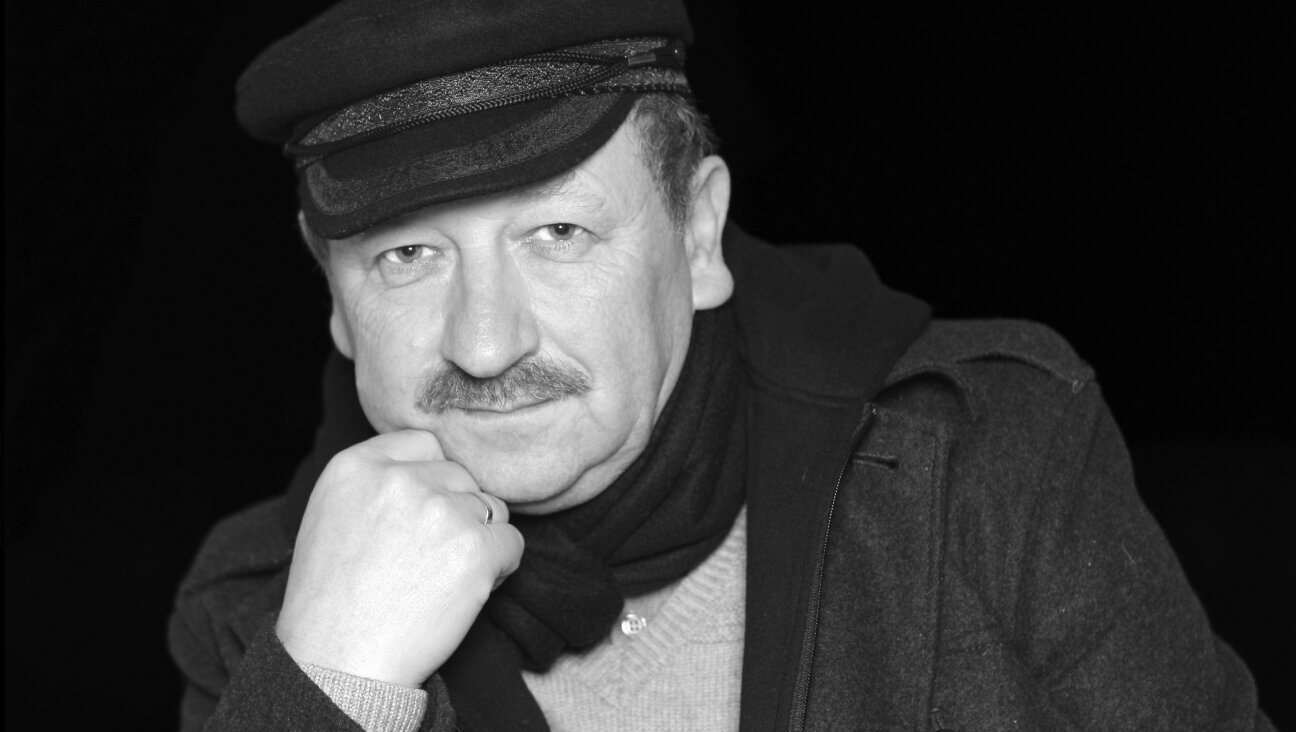
Yiddish קאָנצערט לכּבֿוד דעם ייִדישן שרײַבער און רעדאַקטאָר באָריס סאַנדלערConcert honoring Yiddish writer and editor Boris Sandler
דער בעל־שׂימחה האָט יאָרן לאַנג געדינט ווי דער רעדאַקטאָר פֿונעם ייִדישן פֿאָרווערטס.
-
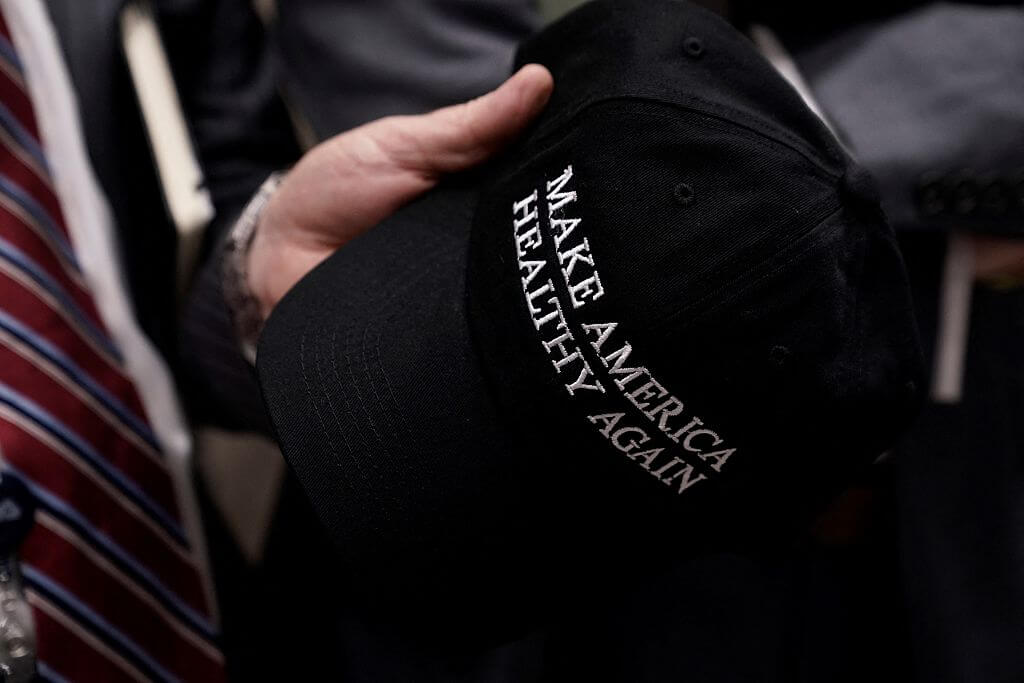
Fast Forward Trump’s new pick for surgeon general blames the Nazis for pesticides on our food
-
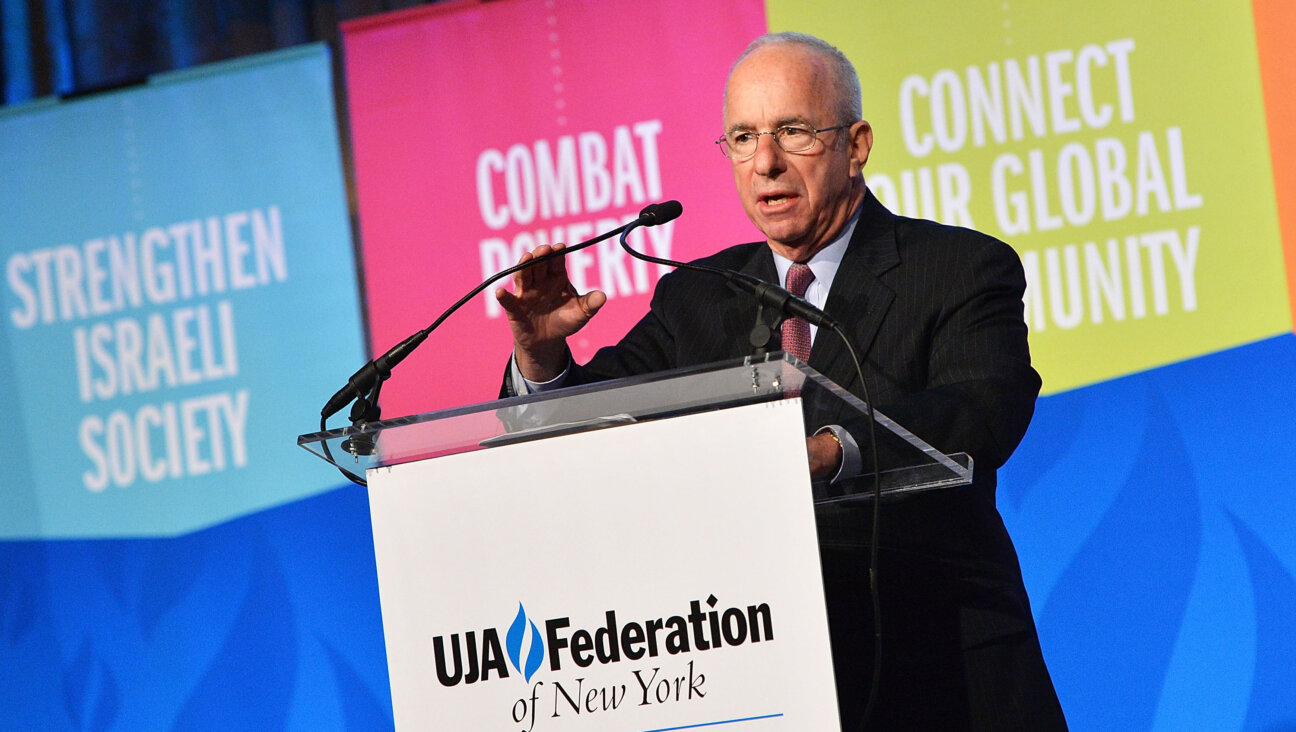
Fast Forward Jewish feud over Trump escalates with open letter in The New York Times
-
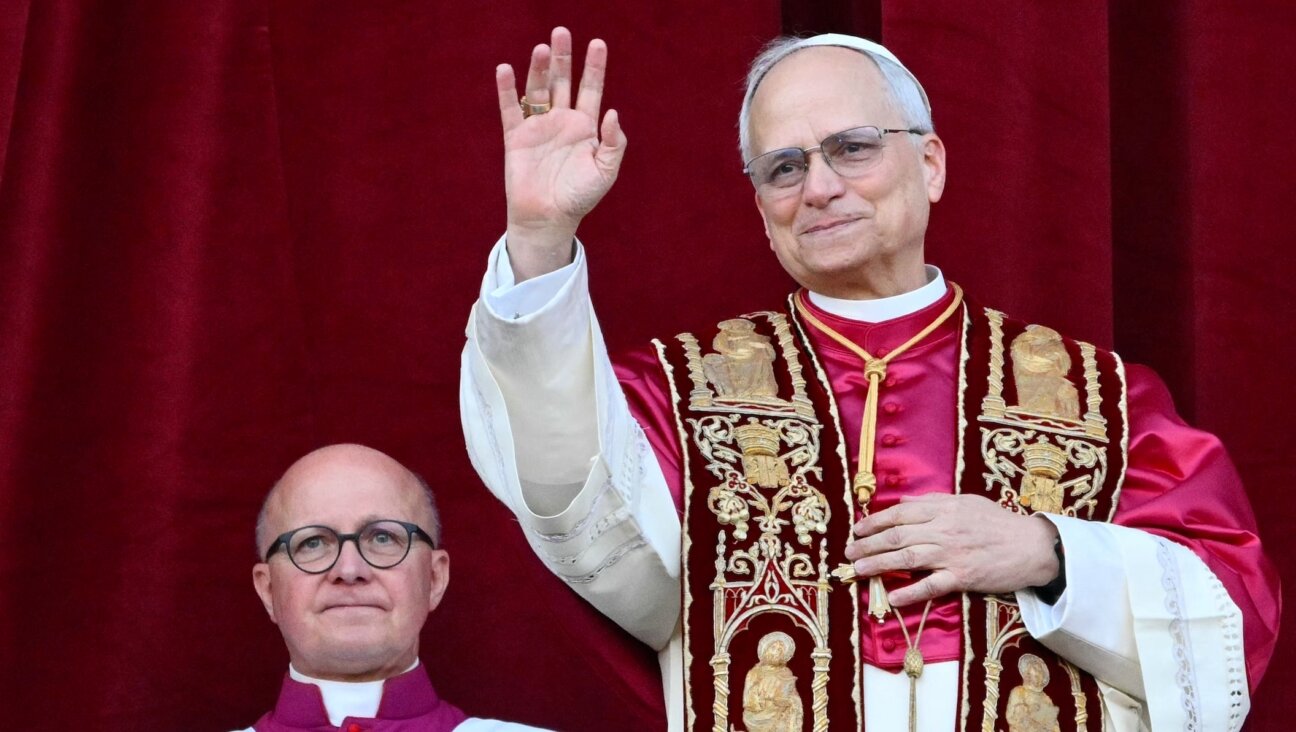
Fast Forward First American pope, Leo XIV, studied under a leader in Jewish-Catholic relations
-
Shop the Forward Store
100% of profits support our journalism
Republish This Story
Please read before republishing
We’re happy to make this story available to republish for free, unless it originated with JTA, Haaretz or another publication (as indicated on the article) and as long as you follow our guidelines.
You must comply with the following:
- Credit the Forward
- Retain our pixel
- Preserve our canonical link in Google search
- Add a noindex tag in Google search
See our full guidelines for more information, and this guide for detail about canonical URLs.
To republish, copy the HTML by clicking on the yellow button to the right; it includes our tracking pixel, all paragraph styles and hyperlinks, the author byline and credit to the Forward. It does not include images; to avoid copyright violations, you must add them manually, following our guidelines. Please email us at [email protected], subject line “republish,” with any questions or to let us know what stories you’re picking up.








